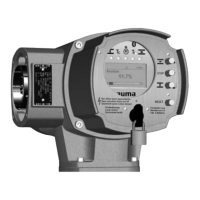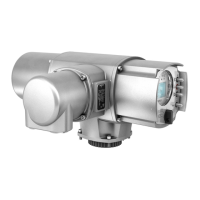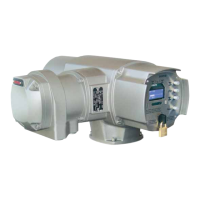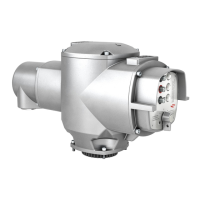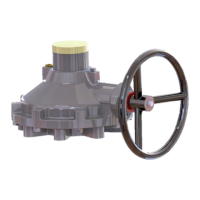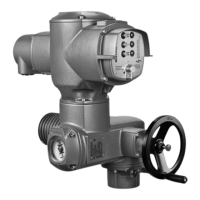739.2.1. Failure behaviour initiation on loss of signal
739.2.2. Failure source (failure reason) for a failure operation: set
749.2.3. Failure operation (reaction of the actuator) on loss of signal
749.2.4. Failure position: define
759.2.5. Speed for safety operation: set
759.2.6. Delay time: set
759.3. EMERGENCY behaviour
769.3.1. EMERGENCY behaviour: activate
769.3.2. EMERGENCY failure reaction
779.3.3. Failure source (failure reason) for an EMERGENCY operation: set
779.3.4. Operation mode for EMERGENCY behaviour
779.3.5. EMERGENCY operation
789.3.6. EMERGENCY position
789.3.7. EMERGENCY speed
789.3.8. Torque switching: by-pass
789.3.9. Motor protection: by-pass
799.3.10. Stepping mode: by-pass
799.3.11. Operation profile: by-pass
799.3.12. Interlock: by-pass
799.3.13. Local stop: by-pass
809.3.14. Delay time for EMERGENCY operation
809.4. Enabling local controls
809.4.1. Enabling function: activate
819.4.2. Enabling function behaviour
819.5. Priority REMOTE
819.5.1. Priority REMOTE: activate
829.5.2. Priority REMOTE behaviour
829.6. Interlock (enabling operation commands)
839.6.1. Interlock: activate
839.6.2. Failure source of Interlock enable signal: set
839.6.3. Operation mode for interlock
839.6.4. Interlock behaviour (running direction)
849.7. Local Stop
849.7.1. Behaviour
849.8. EMERGENCY stop function
859.9. Partial Valve Stroke Test (PVST)
869.9.1. PVST: activate
869.9.2. PVST source: set
869.9.3. Operation mode for PVST
869.9.4. Behaviour for PVST: define
879.9.5. Partial stroke for PVST: set
879.9.6. PVST monitoring time: set
879.9.7. PVST operating time: set
879.9.8. PVST reverse time: set
879.9.9. PVST reminder
8910. Monitoring functions..............................................................................................................
8910.1. Torque monitoring
8910.1.1. Torque by-pass
9010.1.2. Torque limitation of torque by-pass
9110.2. Motor protection monitoring (thermal monitoring)
5
Actuator controls
ACV 01.2/ACVExC 01.2 Table of contents
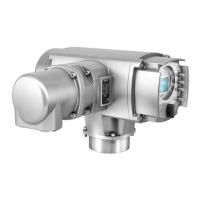
